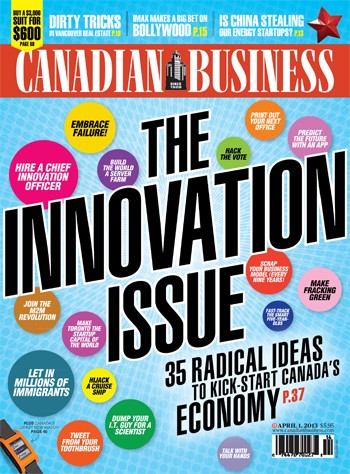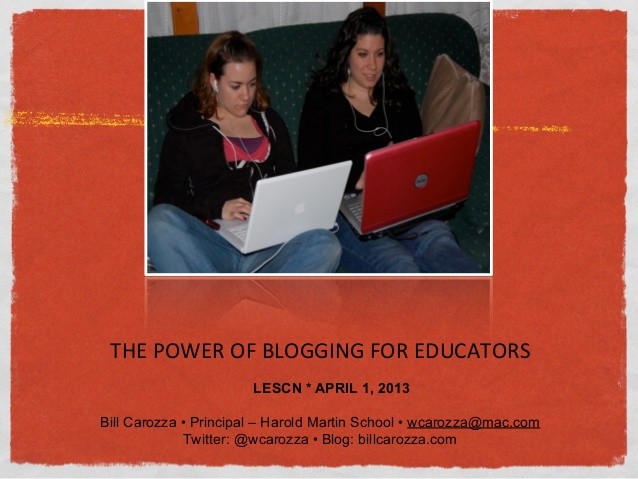April 1 2013
Post on: 17 Июль, 2015 No Comment

By David | Published: April 1, 2013
April 1, 2013 Contents
Dear friends,
As most of you know, my day job is as a professor at Augustana College in Rock Island, Illinois. We have a really lovely campus (one prospective student once joked that we’re the only college he’d visited that actually looked like its postcards) and, as the weather has warmed, I’ve returned to taking my daily walk over the lunch hour.
We have three major construction projects underway, a lot for a school our size. We’re renovating Old Main, which was built in 1884, originally lit gas lanterns and warmed by stoves in the classrooms. After a century of fiddling with it, we finally resolved to strip out a bunch of “improvements” from days gone by, restore some of its original grandeur and make it capable of supporting 21 st century classes.
We’re also building Charles D. Lindberg Stadium, where our football team will finally get to have a locker room and seating for 1800. It’s emblematic that our football stadium is actually named for a national debate champion; we’re kind of into the whole scholar-athlete ethos. (We have the sixth greatest number of Academic All-Americans of any school in the country, just behind Stanford and well ahead of Texas.)
And we’re creating a Center for Student Life, which is “fused” to the 4 th floor of our library. The Center will combine dining, study, academic support and student activities. It’s stuff we do now but that’s scattered all over creation.
Two things occurred to me on my latest walk. One is that these buildings really are investments in our future. They represent acts of faith that, even in turbulent times, we need to plan and act prudently now to create the future we imagine. And the other is that they represent a remarkable balance: between curricular, co-curricular and extra-curricular, between mind, body and spirit, between strengthening what we’ve always had and building something new.
On one level, that’s just about one college and one set of hopes. But, at another, it strikes me as surprisingly useful guidance for a lot more than that: plan, balance, act, dare.
Oh! So that’s what a Stupid Pill looks like!
In a widely misinterpreted March 25 th column, Chuck Jaffe raises the question of whether it’s time to buy a bear market fund . Most folks, he argues, are addicted to performance-chasing. What better time to buy stocks than after theyve doubled in price? What better time to hedge your portfolio than after they’re been halved? That, of course, is the behavior of the foolish herd. We canny contrarians are working now to hedge our gains with select bets against the market, right?
Talk to money managers and the guys behind bear-market funds, however, and they will tell you their products are designed mostly to be a hedge, diversifying risks and protecting against declines. They say the proper use of their offerings involves a small-but-permanent allocation to the dark side, rather than something to jump into when everything else you own looks to be in the tank.
They also say — and the flows of money into and out of bear-market issues shows — that investors don’t act that way.
At base, he’s not arguing for the purchase of a bear-market fund or a gold fund. He’s using those as tools for getting folks to think about their own short time horizons and herding instincts.

He generously quotes me as making a more-modest observation: that managers, no matter the length or strength of their track records, are quickly dismissed (or ignored) if they lag their peers for more than a quarter. Our reaction tends to be clear: the manager has taken stupid pills and we’re leaving. Jeff Vinik at Magellan: Manager of the Year in 1993, Stupid Pill swallower in ’95, gone in ’96. (Started a hedge fund, making a mint.) Bill Nygren at Oakmark Select: intravenous stupid drip around 2007. (Top 1% since then on both his funds.) Bruce Berkowitz at Fairholme: Manager of the Decade, slipped off to Walgreen’s in 2011 for stupid pills, got trashed and saw withdrawals of a quarter billion dollars a week. (Top 1% in 2012, closed his funds to new investments, launching a hedge fund now).
By way of example, one of the most distinguished small cap managers around is Eric Cinnamond who has exercised the same rigorous absolute-return discipline at three small cap funds: Evergreen, Intrepid and now Aston/River Road. His discipline is really simple: don’t buy or hold anything unless it offers a compelling, absolute value. Over the period of years, that has proven to be a tremendously rewarding strategy for his investors.
When I spoke to Eric late in March, he offered a blunt judgment: “small caps overall appear wildly expensive as people extrapolate valuations from peak profits.” That is, current valuations make sense only if you believe that firms experiencing their highest profits won’t ever see them drop back to normal levels. And so he’s selling stuff as it becomes fully valued, nibbling at a few things (“hard asset companies – natural gas, precious metals – are getting treated as if they’re in a permanent depression but their fundamentals are strong and improving”), accumulating cash and trailing the market. By a mile. Over the twelve months ending March 29, 2013, ARIVX returned 7.5% which trailed 99% of his small value peers.
The top SCV fund over that period? Scott Barbee’s microcap Aegis Value (AVALX) fund with a 32% return and absolutely no cash on the books. As I noted in a FundAlarm profile. it’s perennially a one- or two-star fund with more going for it than you’d imagine.
Mr. Cinnamond seemed acquainted with the sorts of comments made about his fund on our discussion board: “I bailed on ARIVX back in early September,” “I am probably going to bail soon,” and “in 2012 to the present the funds has ranked, in various time periods, in the 97%-100% rank of SCV… Id look at other SCV Funds.” Eric nods: “there are investors better suited to other funds. If you lose assets, so be it but I’d rather lose assets than lose my shareholders’ capital.” John Deysher, long-time manager of Pinnacle Value (PVFIX), another SCV fund that insists on an absolute rather than relative value discipline, agrees, “it’s tough holding lots of cash in a sizzling market like we’ve seen. [cash] isn’t earning much, it’s dry powder available for future opportunities which of course aren’t ‘visible’ now.”
One telling benchmark is GMO Benchmark-Free Allocation IV (GBMBX). GMO’s chairman, Jeremy Grantham, has long argued that long-term returns are hampered by managers’ fear of trailing their benchmarks and losing business (as GMO so famously did before the 2000 crash). Cinnamond concurs, “a lot of managers ‘get it’ when you read their letters but then you see what they’re doing with their portfolios and wonder what’s happening to them.” In a bold move, GMO launched a benchmark-free allocation fund whose mandate was simple: follow the evidence, not the crowd. It’s designed to invest in whatever offers the best risk-adjusted rewards, benchmarks be damned. The fund has offered low risks and above-average returns since launch. What’s it holding now? European equities (35%), cash (28%) and Japanese stocks (17%). US stocks? Not so much: just under 5% net long.
For those interested in other managers who’ve followed Mr. Cinnamond’s prescription, I sorted through Morningstar’s database for a list of equity and hybrid managers who’ve chosen to hold substantial cash stakes now. There’s a remarkable collection of first-rate folks, both long-time mutual fund managers and former hedge fund guys, who seem to have concluded that cash is their best option.
This list focuses on no-load, retail equity and hybrid funds, excluding those that hold cash as a primary investment strategy (some futures funds, for example, or hard currency funds). These folks all hold over 25% cash as of their last portfolio report. I’ve starred the funds for which there are Observer profiles.














